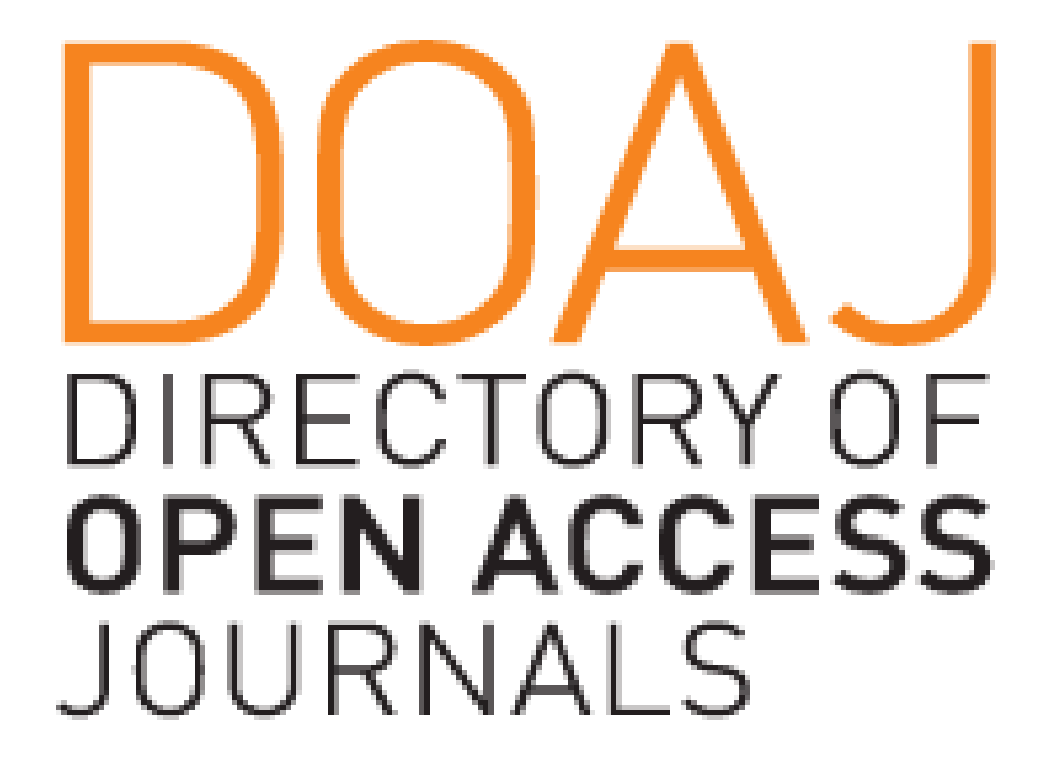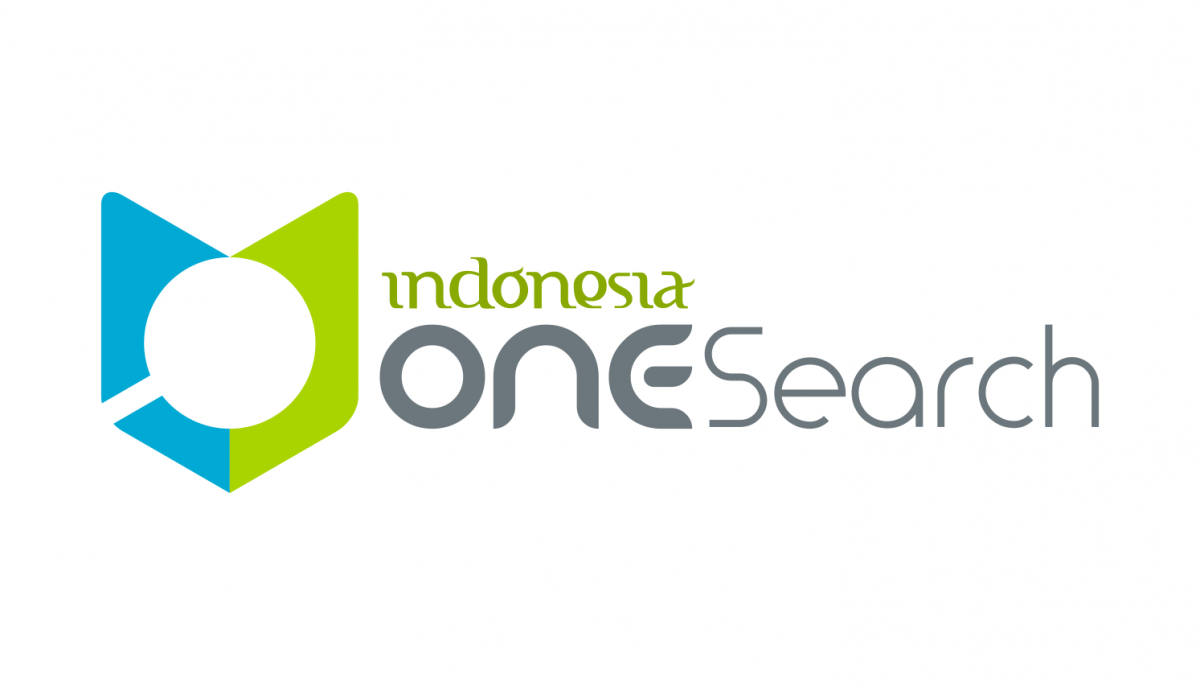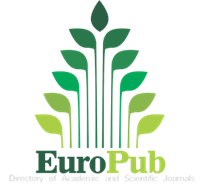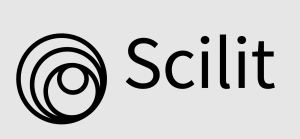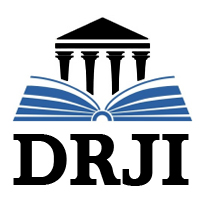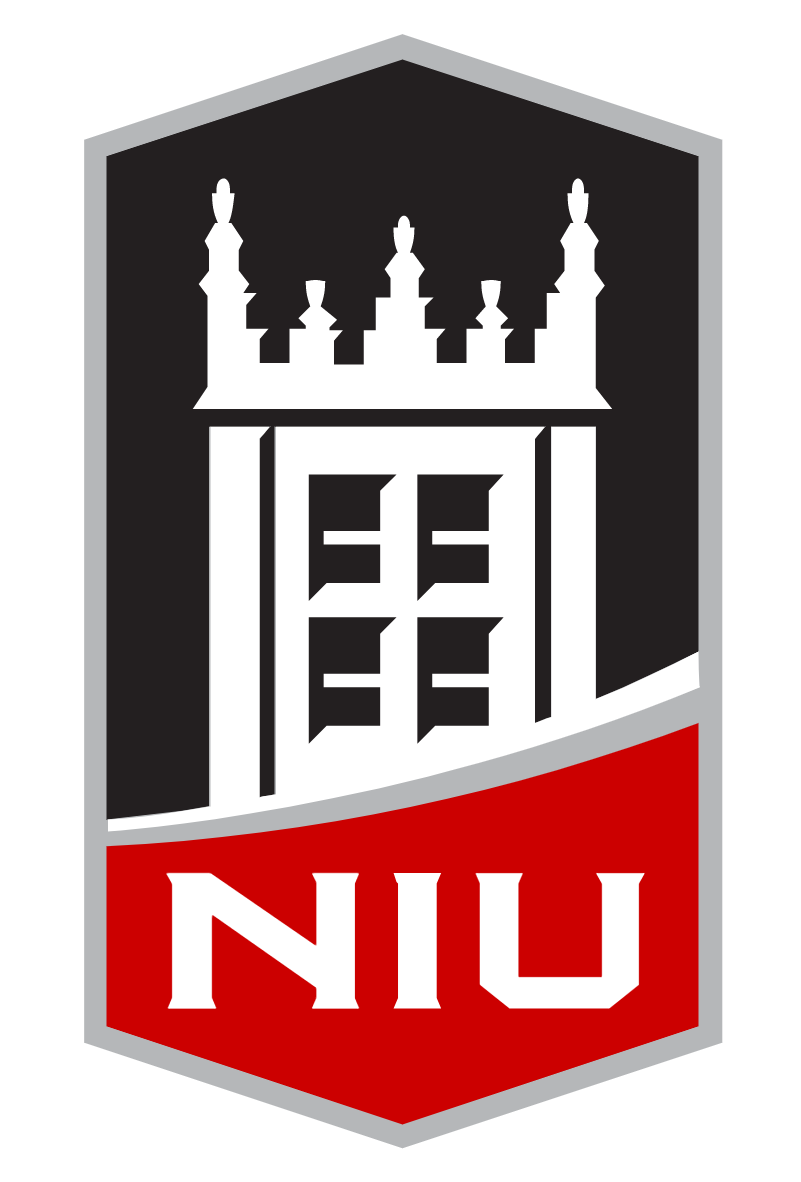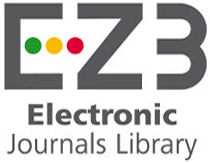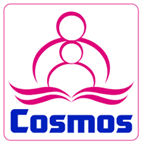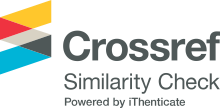Abstract
Background: Pemphigus is a potentially life-threatening autoimmune bullous disease. In pemphigus, the therapeutic options are based on the clinical characteristics of each patient. However, other than corticosteroids, most therapeutic options for pemphigus are currently limited. Steroid-sparing agents might be considered since the initiation of therapy to prevent the side effects of corticosteroid. The objective of this study is to identify the clinical characteristics and therapy of choice in patients with pemphigus at Dr. Cipto Mangunkusumo General Hospital.
Method: All cases of pemphigus from 2016 to 2018 at Dermato-Allergo-Immunology Clinic, Department of Dermatology and Venerology Dr. Cipto Mangunkusumo General Hospital were included in this study. Data were collected from medical records, including patient’s demographics, clinical data, and therapy. Data were analyzed using SPSS 20.
Results: There were 24 new pemphigus cases from 2016 to 2018. Female to male ratio was 3.8:1 with median age of onset of 37.5 (16-73)years old. Pemphigus vulgaris was the most common subtype of pemphigus (75%), followed by pemphigus foliaceus. Number of patients with oropharyngeal mucosal involvement was found higher in pemphigus vulgaris compared to pemphigus foliaceus (p=0.012). Systemic steroid was given in 86.9% patients while the rest were treated with topical corticosteroid only. Steroid-sparing agents were given in 58.3% patients. Remission was achieved in 42.3% cases in average 5 (2-28) months.
Conclusion: Pemphigus vulgaris is the most common subtype of pemphigus and corticosteroid remains to be its treatment of choice. The steroid-sparing agents most commonly used in this study are mycophenolate mofetil and azathioprine.
Recommended Citation
Budianti, Windy Keumala; Fitri, Eyleny Meisyah; Meilinda, Puti Rineska; Novianto, Endi; Anindya, Shafira; and Debinta, Arlha Aporia
(2021)
"Clinical characteristics and treatment regimen of pemphigus patients: A retrospective study,"
Journal of General - Procedural Dermatology & Venereology Indonesia: Vol. 5:
Iss.
2, Article 2.
DOI: 10.19100/jdvi.v5i2.235
Available at:
https://scholarhub.ui.ac.id/jdvi/vol5/iss2/2
Included in
Dermatology Commons, Integumentary System Commons, Skin and Connective Tissue Diseases Commons








